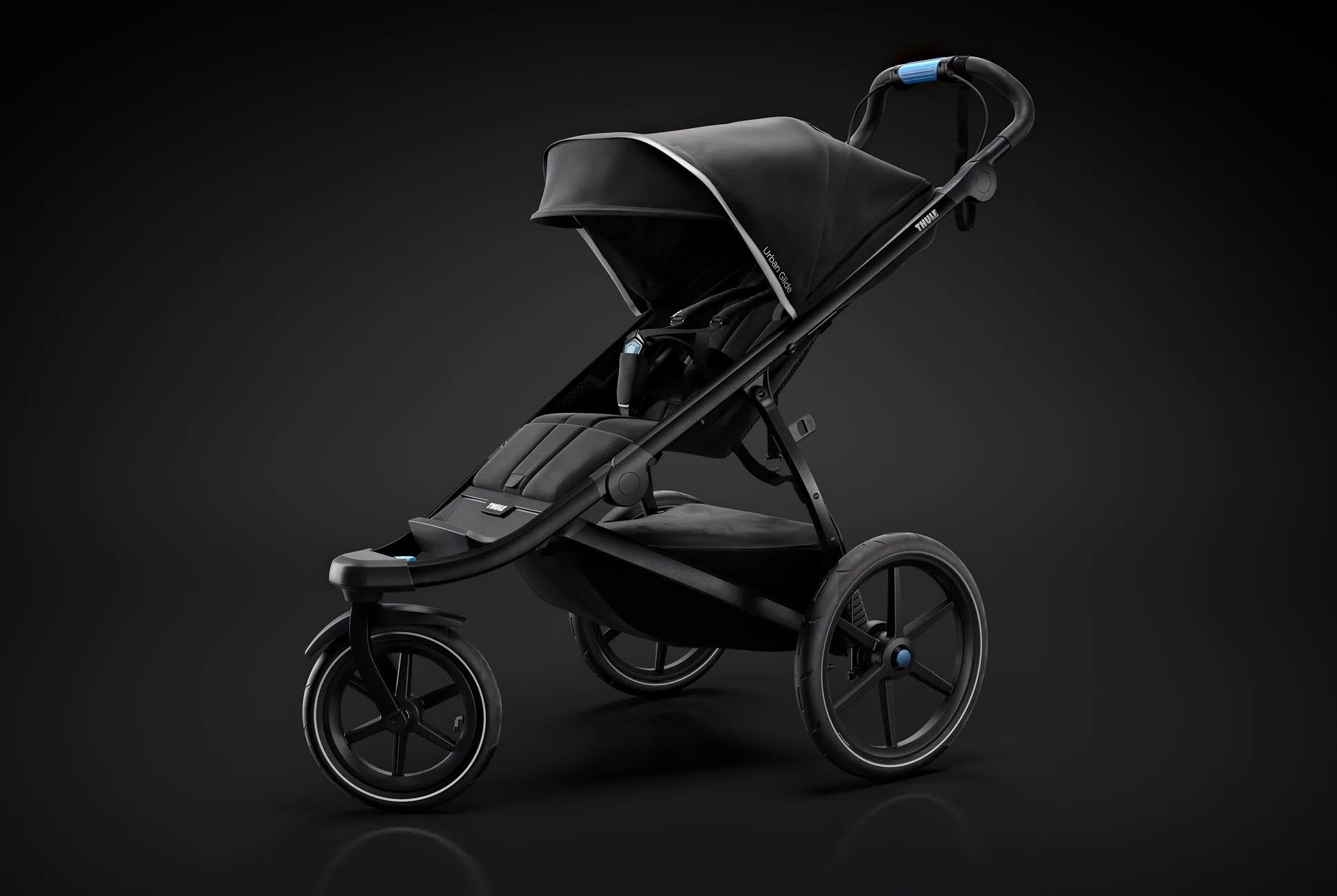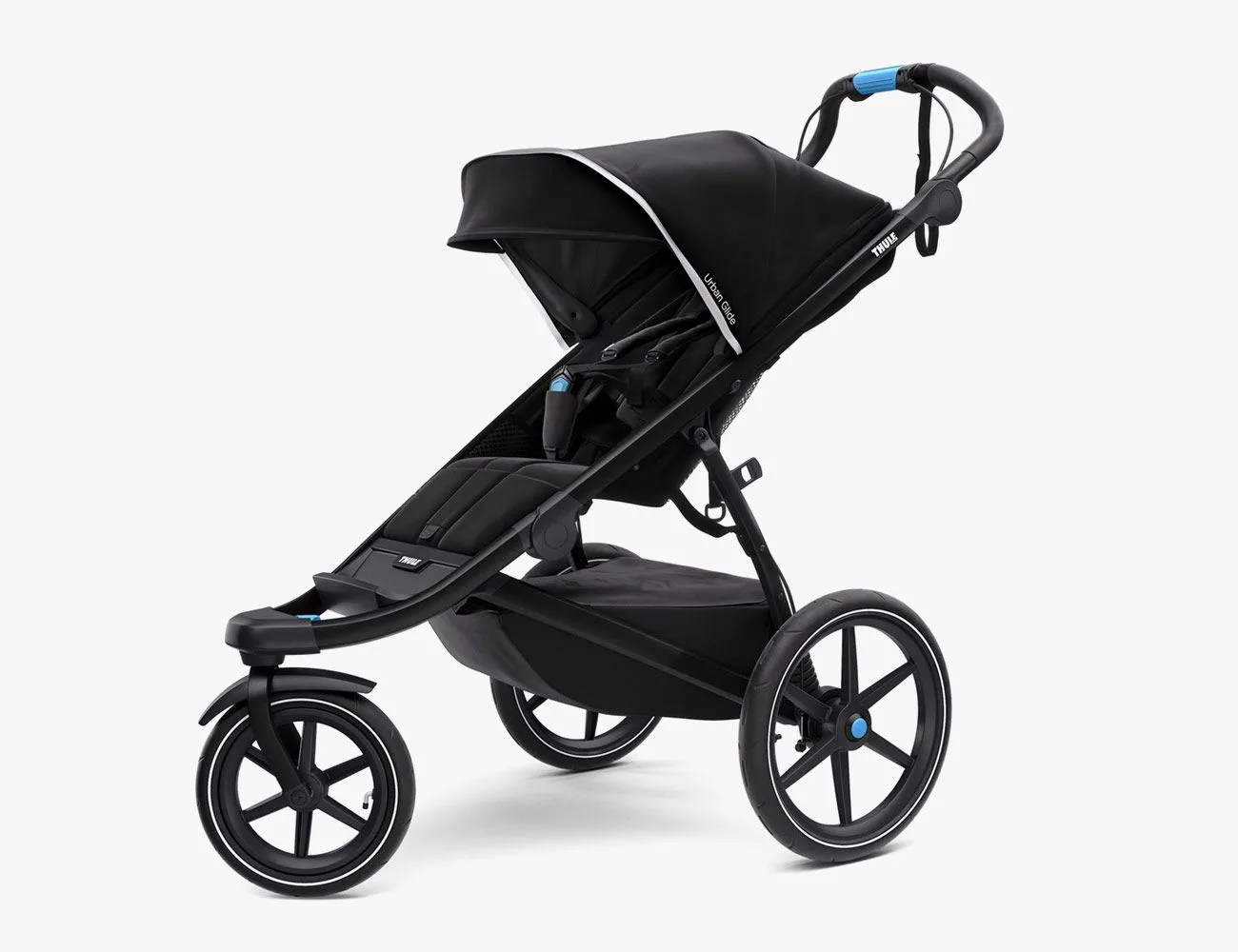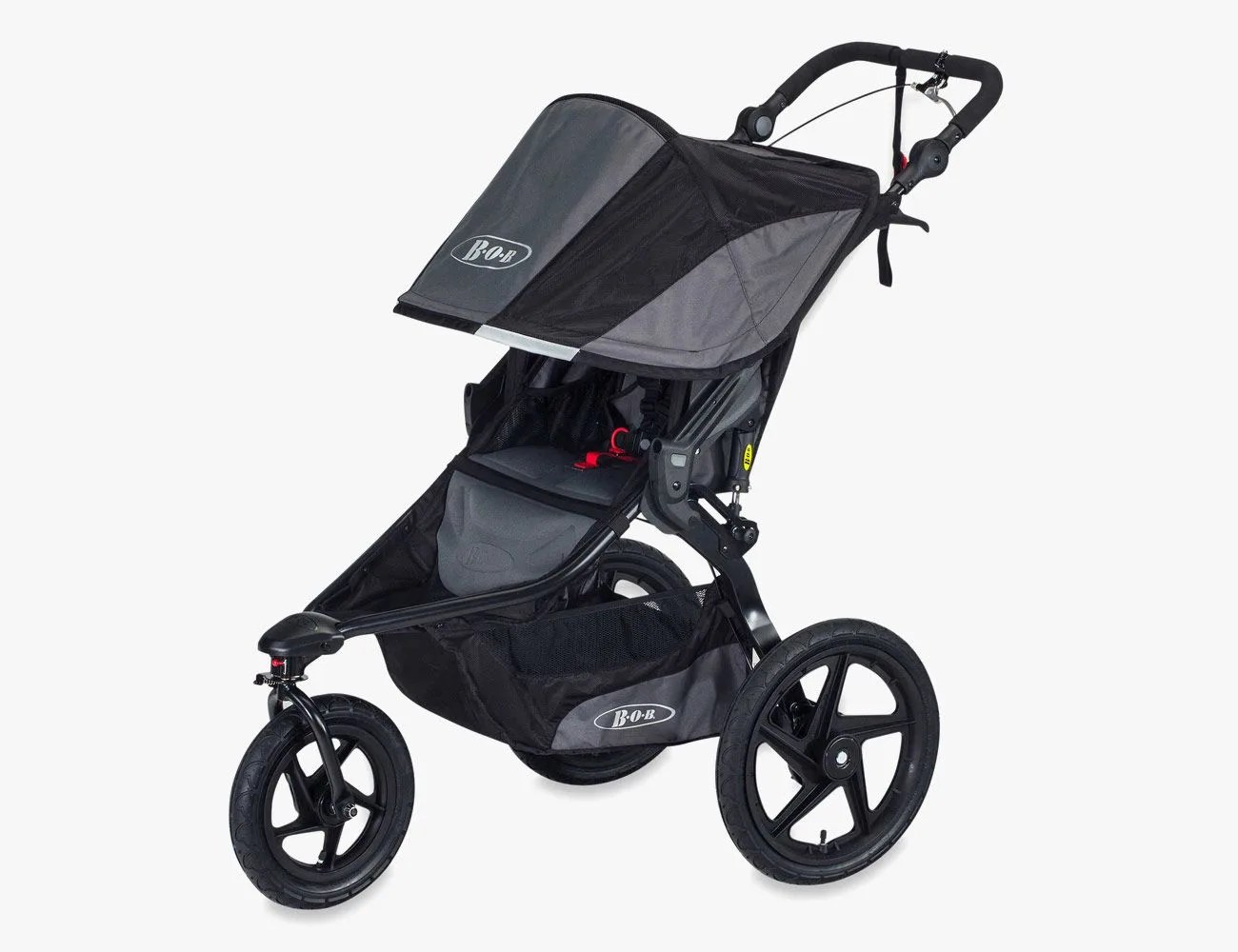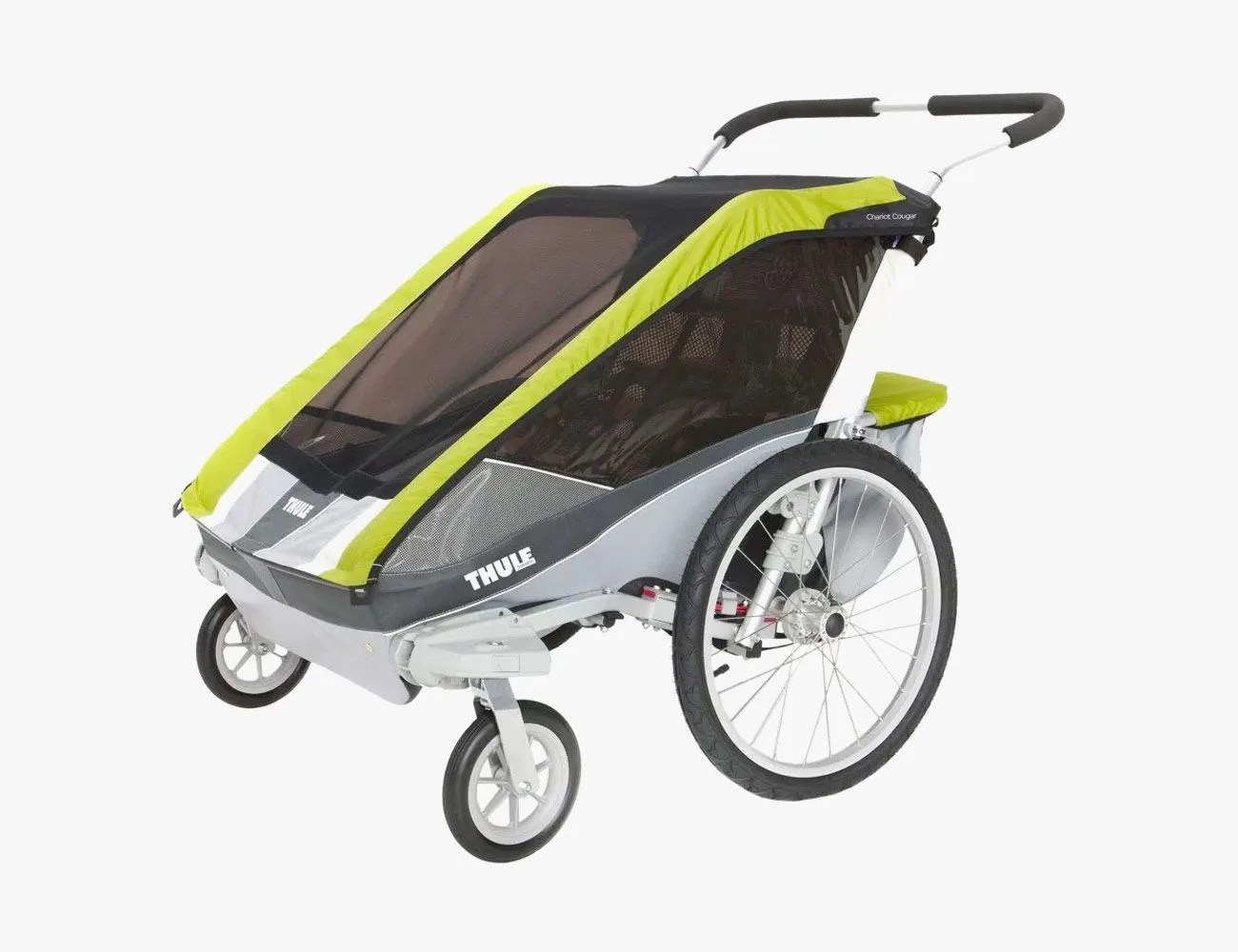There’s no reason to let your running schedule go downhill once a little one comes along. With all the running strollers out there, there’s no shortage of ways to buckle the kid in and get running. Just like runners are uniquely passionate about speed, distance, race day and miles logged, that obsession seems to transfer over once there’s a baby in the mix. Talk to a group of running parents about what stroller they recommend and you’re bound to get a heated discussion, but three strollers are mentioned repeatedly.
Editor’s Note: Before purchasing a running stroller, we highly recommend visiting these resources:
Juvenile Products Manufacturers Association
American Academy of Pediatrics
What to Look For
Calum Neff holds the marathon world record pushing a stroller (2:31:21) and shared his knowledge and experience with us. “I always look for a stroller that is comfortable for my kid and me — when we both enjoy it, we are likely to get out more,” he says. “The stroller also needs to fit our lifestyle and cover all the demands and terrains: fast for running and agile for the store.” In addition, make sure to look for recalls on strollers before you buy.
A few safety features to look for include a wrist strap (similar to an ankle strap on a surfboard), a five-point harness system and enough suspension to handle the child and the road.
How to Use A Stroller While Running
Running with a stroller can take some adjustment. In runs pre-kid, you weren’t pushing an object in front of you that’s moving as fast as you are, if not faster. The weight of the stroller is something to take into account as you get used to it — you’re almost doing sled pushes, just with wheels.
“Start introducing the stroller into your shorter runs to give both you and your kid a feel for [the stroller]. Just like mileage and intensity, doing too much too soon could lead to injury, burnout or blowout — be sure to pack diapers,” Neff says. If you’re training for a race, integrate the stroller into your practices and workouts. “Expect the pace to be a little slower and maybe a few more stops than normal, but otherwise there is no reason not to continue to do what you would normally do. Efforts can be adjusted by following heart rate rather than pace, and time rather than distance.” To track heart rate we recommend the Garmin Forerunner 645.
As for physically running with it, “relax the grip!” Neff quips. “Too often we see parents with a double-handed death grip on the stroller. This is rarely needed unless you’re on a hill. Alternate hands and feel free to be dynamic on the bar — move laterally, not solely directly behind the stroller at all times.”




